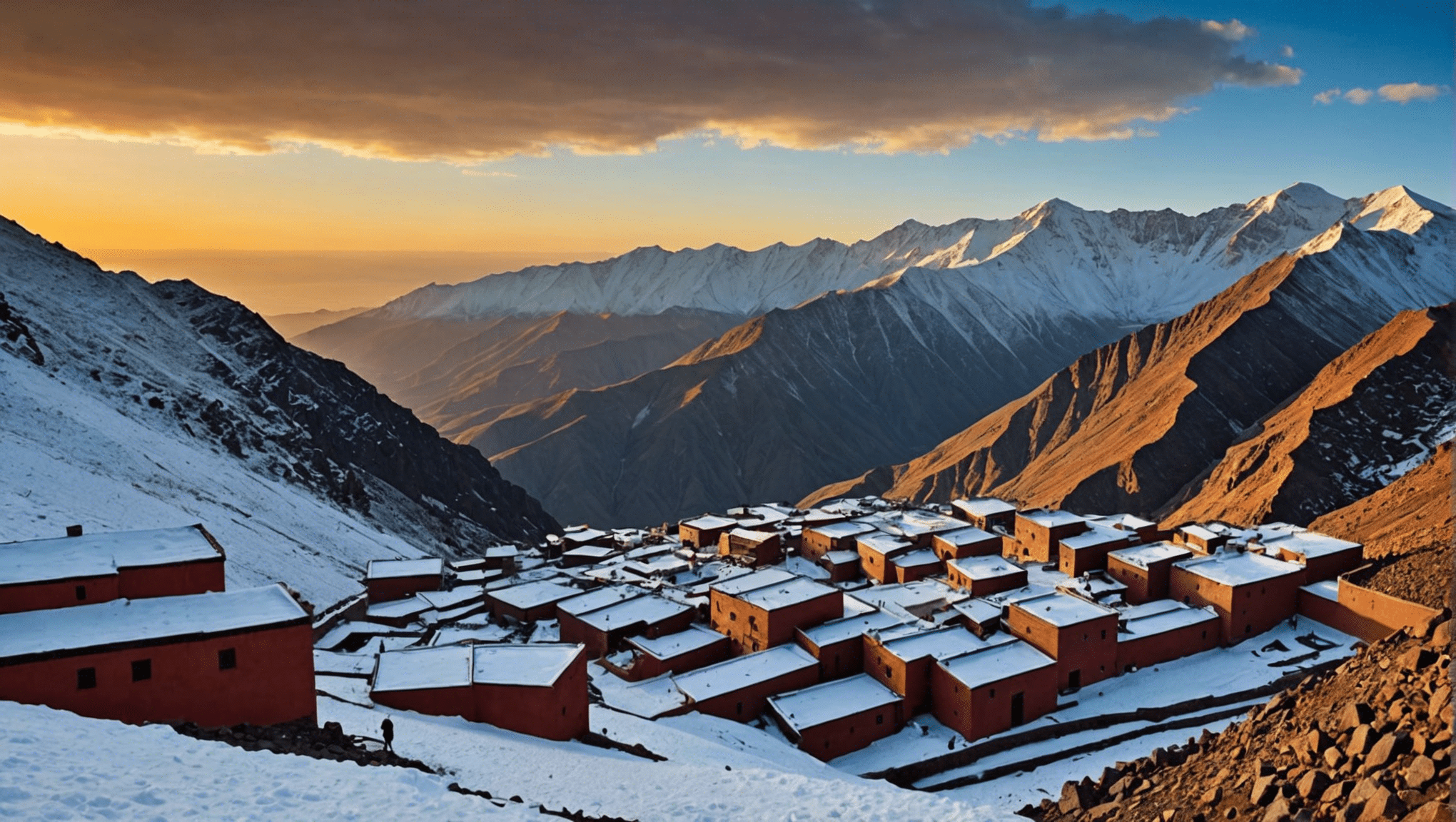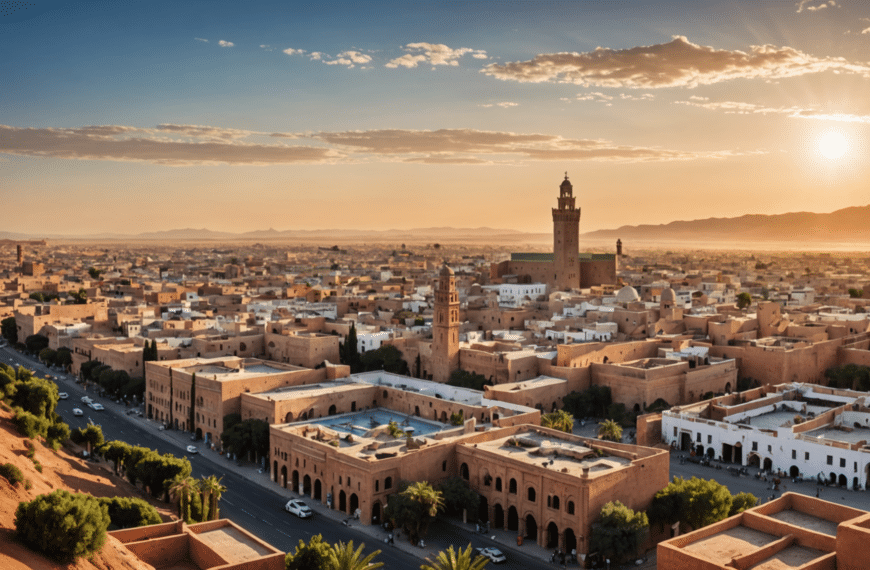Mount Toubkal, standing as the highest peak in North Africa, offers a unique climate that varies significantly with the seasons. Understanding these weather patterns is crucial for anyone planning to trek this majestic mountain.
Seasonal Weather Overview
The weather on Mount Toubkal can be broadly categorized into four distinct seasons: winter, spring, summer, and autumn. Each season brings its own set of weather conditions, influencing the type of gear you should pack and the precautions you need to take.
Winter: December to February
Winter on Mount Toubkal is harsh and challenging. Temperatures can plummet to below freezing, especially at higher altitudes. Snowfall is common, which can add a layer of complexity to your trek. The average daytime temperatures hover around -5°C to 5°C, but can feel much colder due to wind chill.
- Heavy snowfall often leads to stunning scenic views, ideal for photography enthusiasts.
- Preparation with proper winter gear is essential, including thermal layers and a high-quality sleeping bag rated for low temperatures.
- Guided tours are recommended as trails can be difficult to navigate in the snow.
Spring: March to May
As the snow begins to melt, spring breathes new life into Mount Toubkal. This season is marked by a gradual increase in temperature, making it one of the most popular times for trekking. Temperatures range from 0°C to 15°C. The melting snow can create slippery conditions early in the season, so waterproof boots are advisable.
- The landscape is vibrant with blooming wildflowers and lush greenery.
- Milder temperatures make daytime treks more comfortable.
- Nighttime temperatures can still drop significantly, requiring warm clothing.
Summer: June to September
Summer offers the most favorable weather conditions for climbing Mount Toubkal. With minimal rainfall and clear skies, the visibility is excellent. Daytime temperatures are warm, ranging from 10°C to 20°C, but the UV index can be very high – sun protection is crucial.
- Longer daylight hours provide ample time for exploring.
- The risk of altitude sickness increases with quicker ascents; gradual acclimatization is advised.
- Nights remain cool, reminding trekkers that they are still in a high-altitude environment.
Autumn: October and November
Autumn mirrors spring in many ways but with generally stable weather patterns and fewer trekkers on the paths. Temperatures during these months are similar to those in spring but begin to drop rapidly towards late November. This season is known for its clear skies and panoramic views of the surrounding Atlas Mountains.
- Crisp air and less crowded trails enhance the trekking experience.
- Frost begins to appear in late autumn, signaling the approach of winter conditions.
- Vibrant autumn colors provide a breathtaking backdrop for hikers.
Packing Tips Based on Weather Conditions
Packing appropriately for a trek on Mount Toubkal cannot be overstated. Depending on the season you choose, your packing list will vary significantly:
- Winter: Insulated jacket, thermal layers, gloves, hat, and sturdy boots are essential.
- Spring and Autumn: Layered clothing that can be adjusted throughout the day will help you adapt to changing temperatures.
- Summer: Lightweight clothing, sun hat, sunglasses, and sunscreen are crucial to protect against strong sun rays.
The diverse weather conditions on Mount Toubkal make it a fascinating destination year-round. By understanding what each season has to offer and preparing accordingly, trekkers can enjoy a safe and exhilarating experience amidst some of Morocco’s most stunning landscapes.







